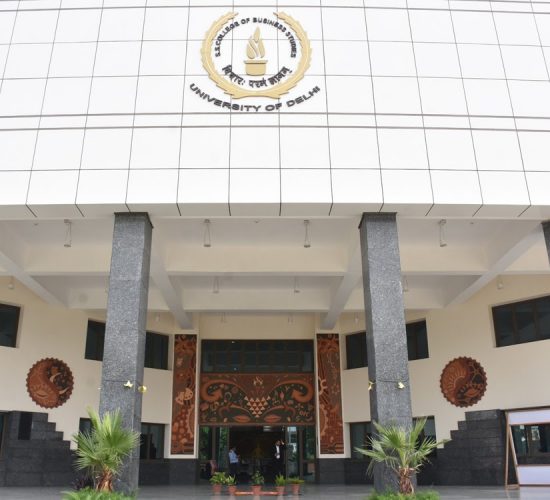Grade "A+" Accredited by NAAC with a CGPA of 3.46
The course is focused on design of assembler and basic compiler. The course covers topics like absolute loader, relocating loader and dynamic linking.
At the end of the course, students should be able to:
Unit 1
Assemblers & Loaders, Linkers: One pass and two pass assembler, design of an assembler, Absolute loader, relocation and linking concepts, relocating loader and Dynamic Linking.
Unit 2
Introduction: Overview of compilation, Phases of a compiler.
Unit 3
Lexical Analysis: Role of a Lexical analyzer, Specification and recognition of tokens, Symbol table, lexical Analyzer Generator.
Unit 4
Parsing & Intermediate representations: Bottom up parsing- LR parser, yacc,three address code generation, syntax directed translation, translation of types, control statements.
Unit 5
Storage organization & Code generation: Activation records, stack allocation, Object code generation.
Programs to get familiar with Lex and Yacc
Aho, A., Lam, M., Sethi, R., & Ullman, J. D. (2006). Compilers: Principles, Techniques, and Tools. 2nd edition. Addison Wesley
Chattopadhyaya, S. (2011). System Software. P H I Learning
Beck, L. & Manjula, D. (1996). System Software: An Introduction to System Programming. 3rd edition. Pearson Education
Dhamdhere, D. M. (2015). Systems Programming. Tata McGrawHill
Use of ICT tools in conjunction with traditional class room teaching methods
Interactive sessions
Class discussions
Written tests, assignments, quizzes, presentations as announced by the instructor in the class
Compilers, lexical analyzer, syntax directed translation, assembler, loader, linker
Disclaimer: Details on this page are subject to change as per University of Delhi guidelines. For latest update in this regard please refer to the University of Delhi website here.
| Cookie | Duration | Description |
|---|---|---|
| cookielawinfo-checkbox-analytics | 11 months | This cookie is set by GDPR Cookie Consent plugin. The cookie is used to store the user consent for the cookies in the category "Analytics". |
| cookielawinfo-checkbox-functional | 11 months | The cookie is set by GDPR cookie consent to record the user consent for the cookies in the category "Functional". |
| cookielawinfo-checkbox-necessary | 11 months | This cookie is set by GDPR Cookie Consent plugin. The cookies is used to store the user consent for the cookies in the category "Necessary". |
| cookielawinfo-checkbox-others | 11 months | This cookie is set by GDPR Cookie Consent plugin. The cookie is used to store the user consent for the cookies in the category "Other. |
| cookielawinfo-checkbox-performance | 11 months | This cookie is set by GDPR Cookie Consent plugin. The cookie is used to store the user consent for the cookies in the category "Performance". |
| viewed_cookie_policy | 11 months | The cookie is set by the GDPR Cookie Consent plugin and is used to store whether or not user has consented to the use of cookies. It does not store any personal data. |

